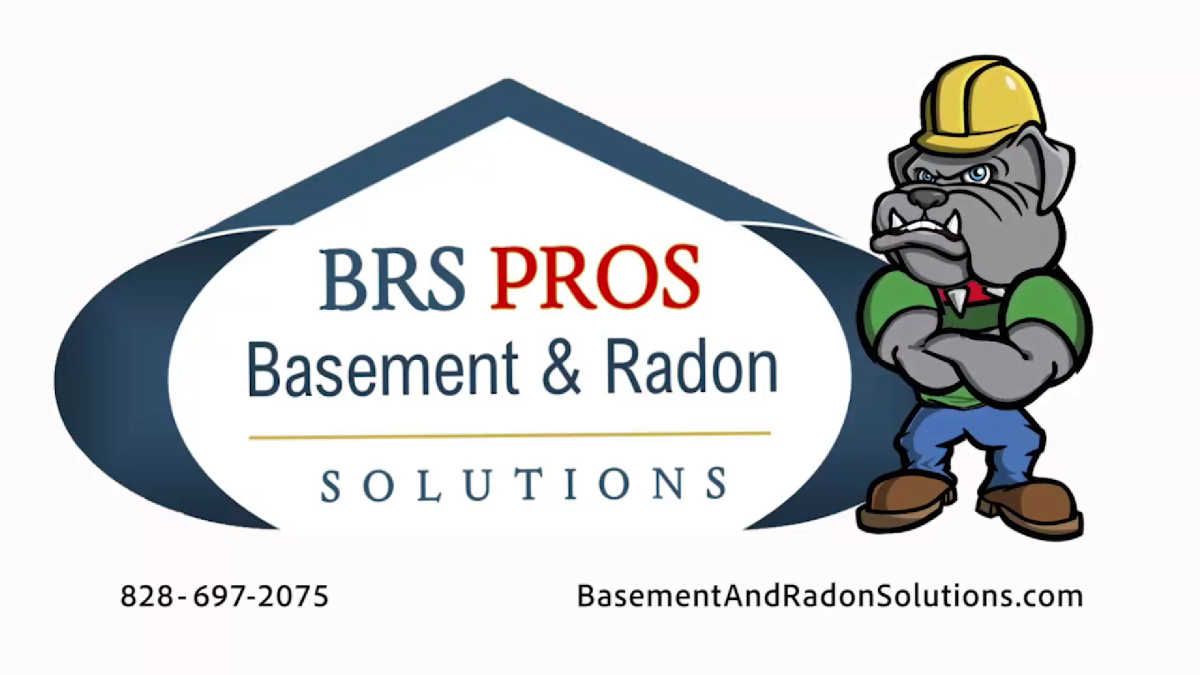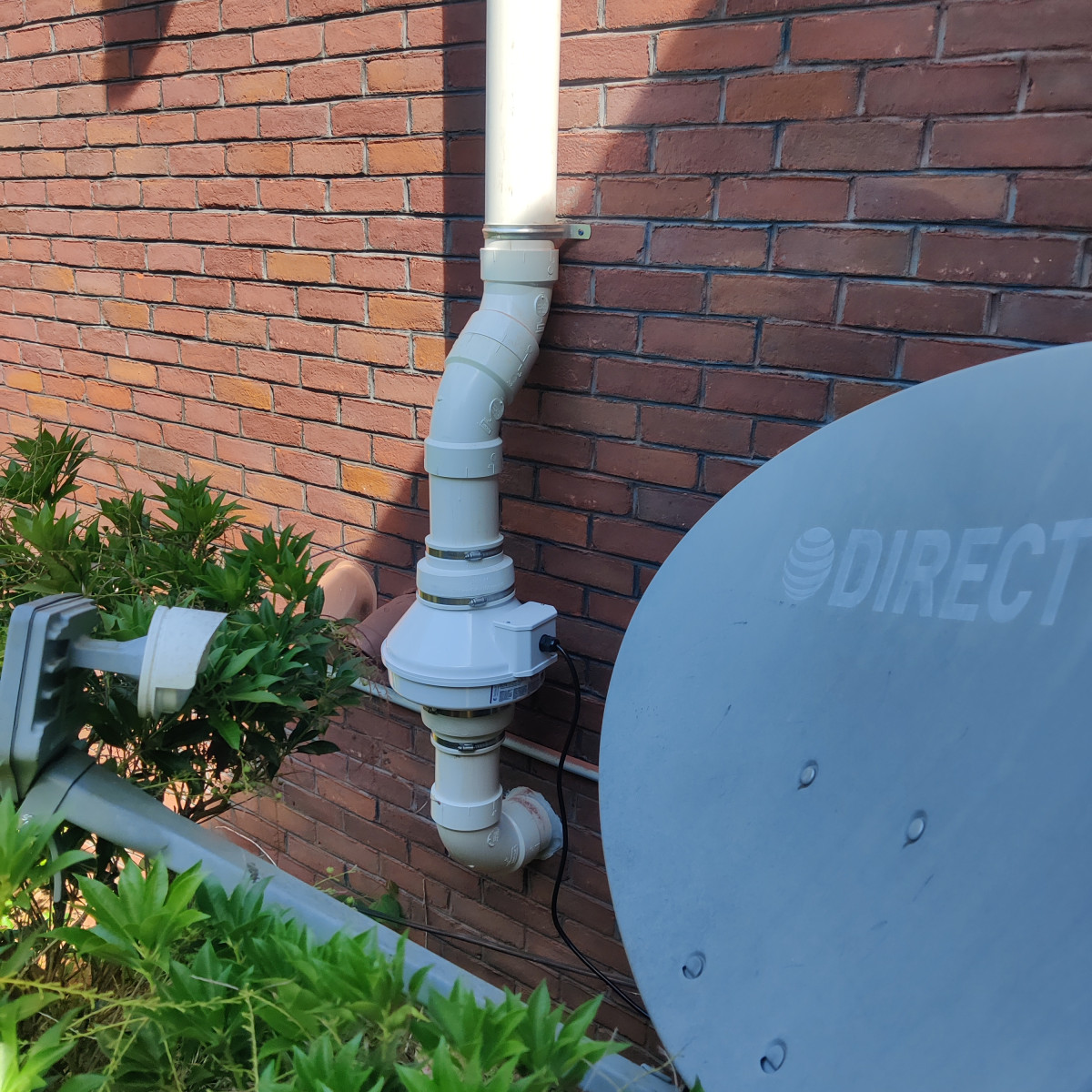How Basement Waterproofing Helps Prevent Radon Exposure and Protects Your Health
Hendersonville, United States - May 16, 2025 / Basement & Radon Solutions /
You might think that basement waterproofing is just about preventing water damage, but it’s also a key player in mitigating the risks of radon exposure. This harmful gas, often seeping into homes through basements, is a silent health hazard linked to lung cancer. By effectively controlling moisture levels, you’re not just protecting your home’s structure, but also enhancing indoor air quality. Sounds simple enough, right? However, there’s more to this process than meets the eye, and understanding its intricacies can make a world of difference to your health and safety. So, aren’t you curious to find out more?
Understanding Basement Waterproofing
The journey towards a dry basement begins with understanding the basics of basement waterproofing. It’s not just about keeping out water; it’s also about managing moisture levels. You see, dampness can lead to mold growth, which is a health hazard. Plus, a wet basement can make your home feel uncomfortable and even damage your property.
First, you need to identify your basement’s problem areas. Look for signs of water damage, such as dark spots on walls or floors, peeling paint, or a musty smell. These are telltale signs that you have a moisture problem.
Next, consider the options for waterproofing. There’s interior waterproofing, which involves applying sealants and installing drain systems inside your basement. Then there’s exterior waterproofing, which involves excavating around your house and applying a waterproof barrier to the outside of your basement walls.
Remember, each home is unique, so what works for one mightn’t work for another. It’s always best to consult a professional before making any decisions. They can help you determine the most effective and cost-efficient solution for your specific situation.
Avoiding radon exposure is another critical aspect of basement waterproofing, but that’s a topic for another time. Now, you’ve got a solid understanding of the basics.
Health Implications of Radon Exposure
Your health could be at risk from radon exposure, a silent and invisible hazard often found in basements.
It’s crucial to understand how to detect radon levels in your home to guarantee your safety.
Once detected, you’ll need to know the effective strategies to mitigate radon exposure, protecting your home and health.
Radon Exposure Risks
Breathing in radon gas over extended periods can pose significant health risks, especially lung cancer. You see, radon is a radioactive gas, and when inhaled, its radioactive particles can damage the cells that line your lungs. Over time, this damage can lead to lung cancer.
It’s crucial to recognize that smokers are at higher risk if they’re exposed to radon, as the effects can be compounded.
Besides lung cancer, long-term exposure to high levels of radon can lead to other respiratory issues such as emphysema, chronic bronchitis, and potentially, pulmonary fibrosis. These conditions can affect your quality of life, causing symptoms like shortness of breath, coughing, fatigue, and weight loss.
Radon exposure risks aren’t limited to respiratory issues, though. Some studies suggest a possible link between radon exposure and other types of cancer, specifically leukemia and central nervous system cancers.
While these links aren’t as well-established, they underscore the significance of taking radon exposure seriously.
Detecting Household Radon
Given the serious health implications of radon exposure, it’s vital that you know how to detect this invisible and odorless gas in your home.
Radon detection begins with testing. You can opt for a short-term test which takes between 2-90 days or a long-term test that lasts more than 90 days. Short-term tests provide a quick snapshot of radon levels, while long-term tests give a more accurate yearly average.
When selecting a detection method, consider purchasing a radon test kit from a trusted supplier. You’ll place this small device in the lowest living area of your home, away from drafts, high heat, and high humidity. After the specified testing period, you’ll send the kit to a laboratory for analysis.
Don’t forget that radon levels can fluctuate, so regular testing is vital. Also, remember that a negative test result today doesn’t guarantee safety tomorrow. Radon is tricky; it can seep into your home through cracks in the foundation, gaps around pipes, or even from your water supply.
That’s why it’s important to test every two years, regardless of previous results.
Mitigation Strategies for Radon
Understanding the potential health risks posed by radon exposure is only half the battle; you also need effective strategies for mitigating this hazard.
It’s essential to take proactive steps to reduce radon levels in your home, especially in the basement where it’s most prevalent.
The first step is to improve ventilation. Install a radon mitigation system that uses a vent pipe and fan to draw radon from beneath the house and safely expel it outdoors. This system can be installed by a professional radon contractor, ensuring it’s done properly and effectively.
Next, consider sealing cracks in your home’s foundation. Radon seeps into your home from the ground, so blocking these entry points can notably reduce radon levels. But remember, sealing cracks alone won’t eliminate radon—it’s a supplemental strategy.
Lastly, regular testing is vital. Radon levels fluctuate, so you can’t just test once and forget about it. Use a long-term test for a more accurate reading.
The Connection Between Radon and Basements
When you think about your basement, radon gas may not be the first thing that comes to mind. However, it’s a significant concern that you shouldn’t overlook. Radon is a radioactive gas that’s naturally occurring in the environment. It’s colorless, odorless, and tasteless, making it nearly impossible to detect without specialized equipment.
Your basement is particularly susceptible to radon gas because it’s in direct contact with the soil. As radon seeps out of the ground, it can infiltrate your basement through cracks and gaps in the foundation, walls, and floor. Considering that radon is the second leading cause of lung cancer in the United States, it’s essential to understand the link between basements and this hazardous gas.
The levels of radon in your basement can vary depending on several factors, including your geographical location and soil composition. It’s also influenced by your home’s construction and the state of your basement’s waterproofing.
Even if you’ve never had issues with water seeping into your basement, you could still have a radon problem. As a result, regular testing is imperative to guarantee your basement is safe from this hidden danger.
Techniques for Radon Mitigation
Several effective techniques can help mitigate radon in your basement, enhancing both your home’s safety and your peace of mind.
One proven method is active soil depressurization (ASD). This involves installing a pipe into the ground beneath your basement floor and connecting it to a radon fan outside your home. The fan draws radon from the soil and discharges it into the open air, considerably reducing radon levels in your home.
You can also use a passive radon system, which doesn’t require a fan. It’s installed during home construction and uses natural airflow to move radon from the soil to outside.
Sealing cracks and openings in your basement is another way to prevent radon entry. However, it’s not as effective as other techniques and is usually used in combination with ASD or passive systems.
A radon sump system can also be installed. This uses a fan to draw radon from beneath the basement floor and vent it outside.
Waterproofing Your Basement to Combat Radon
Waterproofing your basement is an effective strategy in the fight against radon. Radon gas, a naturally occurring, inert radioactive gas, can seep into your home through cracks and openings in the basement. This silent, colorless, and odorless intruder is a leading cause of lung cancer, second only to smoking.
To combat this risk, you need to keep radon out, and that’s where basement waterproofing comes in. It involves several steps; first, you’ll need to seal all visible cracks and openings in your basement walls, floors, and around pipes or wires that pass through the basement.
It’s important to use a polyurethane sealant designed for this purpose, as it remains flexible after drying, maintaining its seal even as your house naturally expands and contracts.
Next, consider installing a vapor barrier. This plastic or foil sheeting, installed on the walls and floor, provides an additional layer of protection against radon.
Case Study: Successful Radon Reduction
Drawing from the domain of real-life success stories, let’s explore a case where effective radon reduction was achieved through basement waterproofing. In Pennsylvania, a homeowner was battling with high radon levels, clocking in at an alarming 10 picocuries per liter (pCi/L) – more than double the EPA’s recommended action level.
Understanding the seriousness of the situation, the homeowner contracted a local waterproofing company specializing in radon mitigation. The company installed a sub-slab depressurization system, combined with an effective basement waterproofing solution. This dual approach addressed both the radon issue and the persistent basement moisture problems that were contributing to the radon infiltration.
Post-installation, radon levels were monitored and showed a significant drop to 2 pCi/L, well within the acceptable range. Additionally, the basement moisture issue was completely resolved, contributing to overall improved indoor air quality.
This case demonstrates that with the right approach and expertise, it’s entirely possible to combat radon issues effectively. Basement waterproofing, combined with a proper radon mitigation system, can provide a thorough solution.
It’s a strong reminder of the importance of taking proactive steps to guarantee the health and safety of your home environment.
So, you’ve journeyed deep into the world of radon and basement waterproofing. Think of radon as an unwanted houseguest, and waterproofing as your trusty doorman, barring its entry. By waterproofing your basement, you’re not just preserving your home’s structure, but also protecting the lungs of those living within its walls. Regular testing and professional assessments make the difference. Don’t just build a house, create a fortress against radon. Safeguard your home, health, and future with basement waterproofing.

Contact Information:
Basement & Radon Solutions
1548 Airport Rd Unit B1
Hendersonville, NC 28792
United States
Basement & Radon Solutions
(828) 697-2075
https://basementandradonsolutions.com/

